 V. Y. Cook
V. Y. Cook
Entry Category: Land and Resources
 V. Y. Cook
V. Y. Cook
 Virgil Whitfield Cook
Virgil Whitfield Cook
 V. Y. Cook
V. Y. Cook
 Cook's Landing
Cook's Landing
Cossatot River
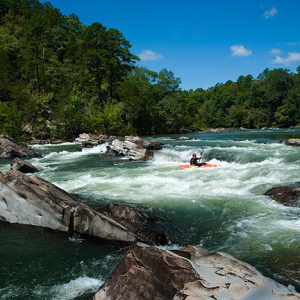 Cossatot River
Cossatot River
 Cossatot River State Park - Natural Area
Cossatot River State Park - Natural Area
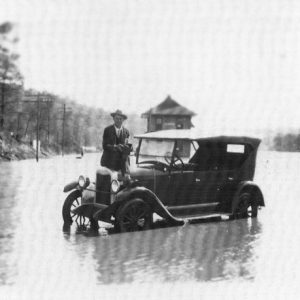 Cotter Flood
Cotter Flood
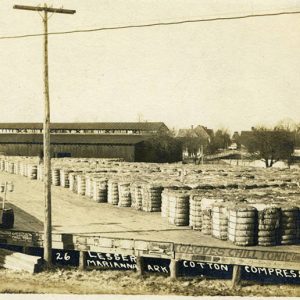 Cotton Compress
Cotton Compress
Cotton Gins
 Cotton Seed
Cotton Seed
Cotton Industry
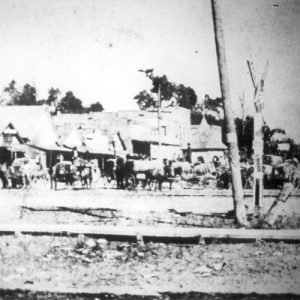 Cotton Wagons
Cotton Wagons
 Cotton Wagons
Cotton Wagons
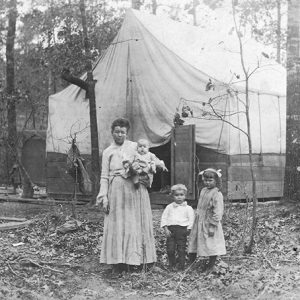 Cotton Workers' Tent
Cotton Workers' Tent
 Cottonwood Tree
Cottonwood Tree
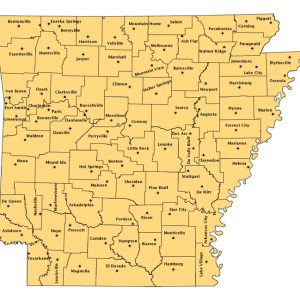 County Seats Map
County Seats Map
 Cove Creek Natural Area
Cove Creek Natural Area
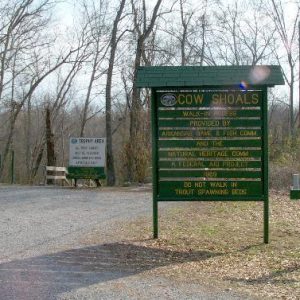 Cow Shoals Riverfront Forest Natural Area
Cow Shoals Riverfront Forest Natural Area
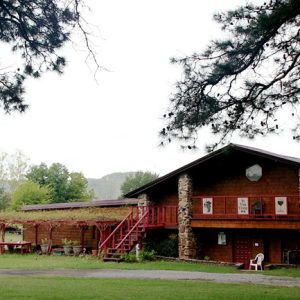 Cowie Wine Cellars
Cowie Wine Cellars
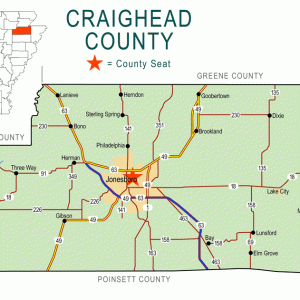 Craighead County Map
Craighead County Map
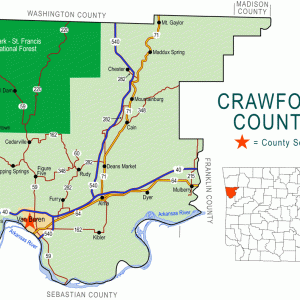 Crawford County Map
Crawford County Map
 Crittenden County Map
Crittenden County Map
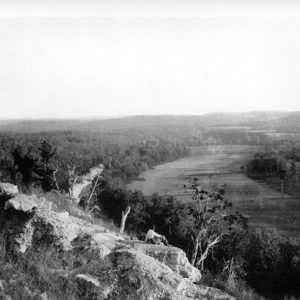 Crooked Creek
Crooked Creek
 Crooked Creek
Crooked Creek
Crooked Creek (Watershed)
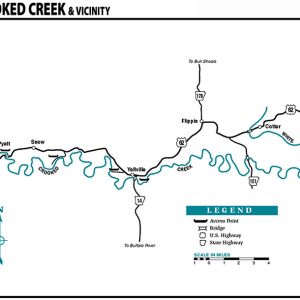 Crooked Creek Map
Crooked Creek Map
 Cross County Map
Cross County Map
Crossett Experimental Forest (CEF)
Crossett Lumber Company
 Crossett Research
Crossett Research
 Crossett Strike
Crossett Strike
 Edward Crossett
Edward Crossett
 Crossroads School
Crossroads School
 Crossroads Store
Crossroads Store
Crowley’s Ridge
 Andy Crum
Andy Crum
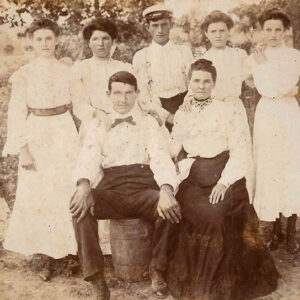 Andy Crum
Andy Crum
 Andy Crum
Andy Crum
 Andy Crum Bank Note
Andy Crum Bank Note
Crushed Stone Mining
Crystal Hill (Pulaski County)
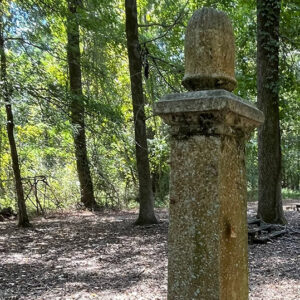 Cumby Grave
Cumby Grave
Current River
 Cut-Off Creek Ravines Natural Area
Cut-Off Creek Ravines Natural Area
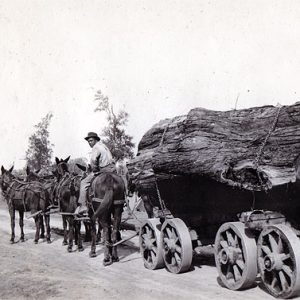 Cypress Logging
Cypress Logging




